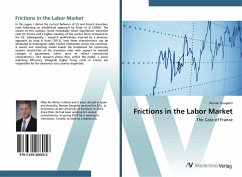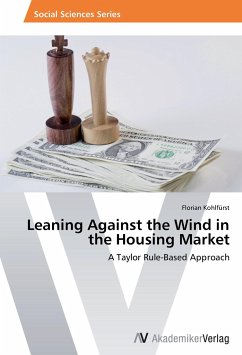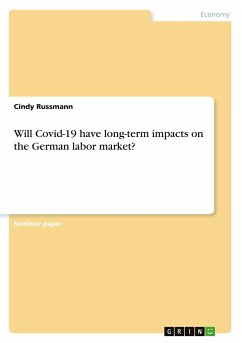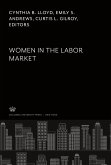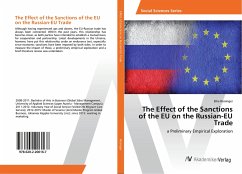In this paper, I derive the cyclical behavior of US and French transition rates following an established approach by Elsby et al (2008). The results of this analysis reveal remarkably lower equilibrium transition rates for France and a higher volatility of the worker flows compared to the US. Subsequently, I research qualitatively, inspired by a previous approach by Jung & Kuhn (2012), how these characteristics can be attributed to heterogenic labor market institutions across the countries. A search and matching model builds the fundament for construing analytic elasticitites of the transition rates with respect to isolated changes in parameters, which serve to reflect institutional characteristics. This research shows that, within the model, a lower matching efficiency alongside higher firing costs in France are responsible for the observed cross country disparities.
Bitte wählen Sie Ihr Anliegen aus.
Rechnungen
Retourenschein anfordern
Bestellstatus
Storno

